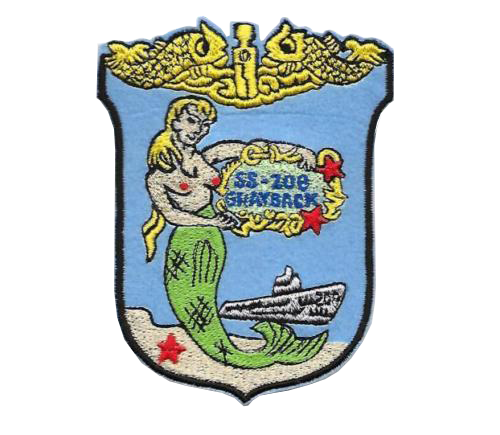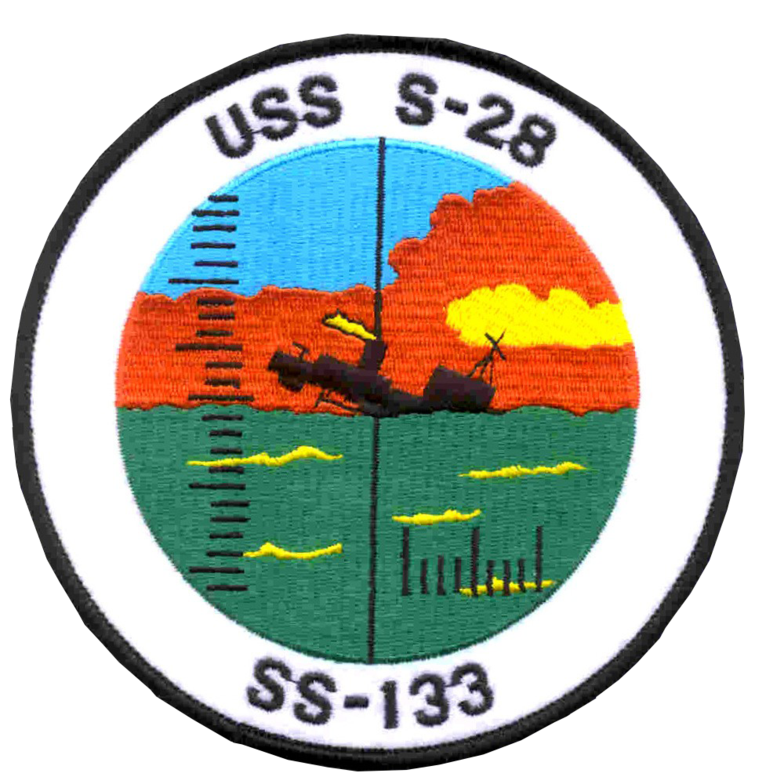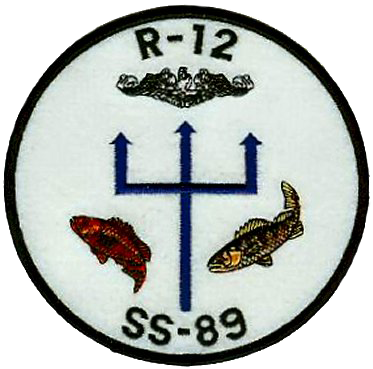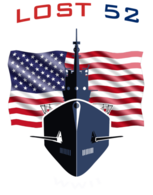a 501(c)3 Ocean Outreach Project
Honoring the men their memory and their mission
Submarine, missing for 75 years, has been found
Published November 16. 2019 7:35PMUpdated November 18. 2019 10:25AM
By Julia Bergman Day staff writer
The USS Grayback was sunk in 1944, and the 80 sailors aboard presumed lost. (U.S. National Archives)
Published November 16. 2019 7:35PM | Updated November 18. 2019 10:25AM
By Julia Bergman Day staff writer
When Marshall George received a text message from his cousin on Veterans Day alerting him to news reports that the submarine that his namesake uncle served on had been found after 75 years, he was "completely caught off guard."
George, 55, of Brooklyn, N.Y., was born 20 years after the USS Grayback went missing in 1944, so he never felt a strong connection to his uncle, one of 80 sailors assigned to the submarine. His family hardly talked about the tragedy.
But that connection to the uncle he never knew strengthened with the news last week that the Grayback had been located in 1,400 feet of water off Okinawa. George said he's spent the ensuing days poring over information about the efforts to find the submarine and the history of the Grayback, one of the most successful submarines of World War II. His uncle had three siblings, including his father, who died before the sub was found.
The Grayback, a Tambor-class submarine built by Electric Boat, left Pearl Harbor on Jan. 28, 1944, for its 10th war patrol in the East China Sea. The submarine's first war report from that patrol came on Feb. 24 with the message that the boat had sunk two Japanese merchant ships and damaged an enemy freighter and tanker.
The submarine, commanded by Lt. Cmdr. John Anderson Moore, reported more successes the next day: three torpedo hits on two enemy freighters. With just two torpedoes remaining, the Grayback got orders to return to Midway on Feb. 25, 1944.
But the submarine never made it.
By March 30, after attempts to make contact with the Grayback failed, the submarine was reported as presumed lost along with all 80 sailors aboard.
The Navy has worked to piece together the locations of its missing World War II submarines using its own records and those turned over by the Japanese after the war. In the case of the Grayback, it concluded from Japanese records that a Japanese aircraft dropped a bomb on the submarine, sinking it in open ocean in an area believed to be 100 miles east-southeast of Okinawa.
The Grayback went undiscovered because of a single wrong digit in the longitude and latitude coordinates thought to be the location where it likely was sunk. The Navy inadvertently had relied on a flawed translation of the Japanese records that got one of the digits in the coordinates wrong, the New York Times reported. Last year, a Japanese researcher, who has helped the Navy locate other lost submarines including the USS Grunion, discovered the discrepancy, which drastically changed the presumed location of the submarine.
Undersea researchers with the privately funded Lost 52 Project, which aims to discover and survey as many of the lost WWII submarines as possible, tracked down the Grayback in June, using sophisticated and fairly recent undersea technology, but not before battling a host of technical difficulties.
The Grayback is the 10th submarine confirmed found of the 52 U.S. submarines lost during the war, according to Lt. Cmdr. Daniel Day, a spokesman for the Naval History and Heritage Command.
The Navy considers these sunken submarines to be "grave sites that should be left alone and treated with respect as the final resting place of American sailors and servicemen," said Bob Neyland, head of the Naval History and Heritage Command's underwater archaeology branch.
Among the deceased are two men with ties to Connecticut: Frederick Richard Bell, a torpedoman's mate second-class, who was born in Kansas City, Kansas, but whose home of record is listed as his wife's address in New London, and Lester Irving Handlowich, a seaman first-class, born in Waterbury but whose home of record is listed as his father's address in Thomaston.
Attempts to track down descendants of both men were unsuccessful.
Charles Hinman, who maintains a database of missing World War II sailors, said at one point he was in touch with Bell's wife, Ruth Barbara Bell Miller, through a friend, but has since lost contact. As for Handlowich, he said he has yet to establish contact with any relatives.
George said he regrets not asking more questions about his uncle, whose portrait hung in a hallway of his childhood home. When he asked his parents about his name, they told him he was named after his father's older brother, a sailor who served on a submarine during World War II.
He's felt a mix of emotion in the days since that Veterans Day text from his cousin — happiness, sadness, some regret, but, most of all, pride.
"If the ending of that war would've been different, I would've grown up in a very different world. To think that the person for whom I'm named played a part in that success story, that gives me a real sense of pride," he said.
Marshall Lee George, a motor machinust's mate third-class, one of 80 sailors who died with the sinking of the USS Grayback 75 years ago (Courtesy of Larry Gavlak, nephew of Grayback shipmate Charles B Gavlak)













